In our previous post, we compared chiro vs physio, highlighting their different training, treatment styles, and session structures. While both professions provide valuable care, many patients encounter challenges due to the limitations of traditional treatment models.
At Tensegrity Sports Clinics, we recognise these gaps and embrace an integrated, evidence-based approach designed to address root causes of musculoskeletal dysfunction and deliver lasting results.
The Limitations of Traditional Chiropractic and Physiotherapy Models
Fragmented Care Delivery
Many clinics operate in silos where chiropractic and physiotherapy treatments occur separately. This fragmentation often results in patients receiving manual therapy without adequate rehabilitation or exercise guidance—or vice versa—leading to incomplete recovery and higher risk of injury recurrence (Delitto et al., Physical Therapy Journal, 2018).
Time Constraints
Typical physiotherapy and chiropractic consultations often range from 20 to 30 minutes. These limited durations can restrict thorough assessments, delivery of multimodal treatment, and patient education essential for effective recovery (Lancet Low Back Pain Series, 2017).
Symptom-Focused Rather Than Root Cause-Focused Care
Some traditional models prioritise immediate pain relief without identifying and treating underlying biomechanical or neuromuscular dysfunctions, increasing the chance of ongoing or recurring injury (Delitto et al., 2018).
Variable Use of Evidence-Based Techniques
Not all practitioners consistently apply current evidence-based interventions. Some rely heavily on passive treatments or manual therapy without integrating active rehabilitation, validated diagnostic tools, or movement re-education (Cochrane Review, 2015).
Limited Functional Movement Assessments
Routine use of validated screening tools such as the Functional Movement Screen (FMS), Selective Functional Movement Assessment (SFMA), or Neuromuscular Kinetic Testing (NKT) is often lacking, reducing the ability to identify dysfunctional movement patterns that contribute to injury (JSSM Systematic Review, 2020).
Lack of Multidisciplinary Collaboration
Many clinics lack formal pathways for collaboration with other medical and allied health professionals, limiting comprehensive management of complex or chronic conditions (Musculoskeletal Science & Practice, 2021).
Limited Focus on Peripheral Injuries
Traditional chiropractic care often focuses mainly on spinal issues, while some physiotherapy services may focus broadly on general musculoskeletal or neurological rehabilitation. This can leave peripheral joint injuries or subtle biomechanical dysfunctions under-addressed.
Inadequate Patient Engagement and Education
Time and resource constraints can limit the depth of patient education on self-management, injury prevention, and active rehabilitation strategies necessary for long-term success (NHMRC Clinical Guidelines, 2018).
What Does the Evidence Say?
Multimodal Interventions Are More Effective
Clinical guidelines and systematic reviews strongly support multimodal care—a combination of manual therapy, exercise rehabilitation, and patient education—as the most effective approach for conditions like low back pain, tendinopathies, and sports injuries (Lancet, 2017; NHMRC Guidelines, 2018).
Passive Therapies Alone Provide Limited Long-Term Benefit
Research shows that treatments relying solely on passive approaches such as spinal manipulation or electrotherapy may offer short-term relief but often fail to improve long-term functional outcomes or prevent recurrence without active rehabilitation (Delitto et al., PTJ, 2018; Cochrane Review, 2015).
Functional Movement Screening Improves Diagnosis and Injury Prevention
Validated tools like FMS and SFMA have been shown to identify movement dysfunctions and asymmetries that predispose patients to injury. A 2020 systematic review supports their use in guiding personalised rehab and reducing injury risk in athletic populations (Journal of Sports Science & Medicine, 2020).
Integrated Care Leads to Superior Outcomes
Studies indicate that integrating manual therapy with exercise rehab and patient education results in better pain reduction, improved function, higher patient satisfaction, and lower recurrence rates compared to isolated treatment modalities (Spine Journal RCT, 2019; BJSM Tendinopathy Guide, 2018).
Collaboration Enhances Management of Complex Cases
Evidence underscores the value of multidisciplinary collaboration in managing complex musculoskeletal conditions, with coordinated care pathways improving outcomes and patient experience (Musculoskeletal Science & Practice, 2021; AHHA Reports, 2020).
If you’ve struggled to achieve lasting relief with standard chiropractic or physiotherapy care alone, it may be because the approach didn’t fully address underlying movement dysfunctions or lacked comprehensive rehabilitation and education.
Why Chiro vs Physio Matters to You
Selecting a provider committed to an integrated, evidence-based model can dramatically improve your chances of sustainable recovery, functional improvement, and return to your active lifestyle.
What’s Next?
In the final blog post of this series, we’ll explain how Tensegrity Sports Clinics in Sydney bridges the gap between chiropractic and physiotherapy by offering longer consultations, multimodal treatments, advanced functional assessments, and multidisciplinary collaboration — all designed to provide consistent, high-quality, patient-centred care.
If you’d like to learn more about how integrated musculoskeletal care can help you regain pain-free movement and function, stay tuned for our next post or reach out to Tensegrity Sports Clinics today.
